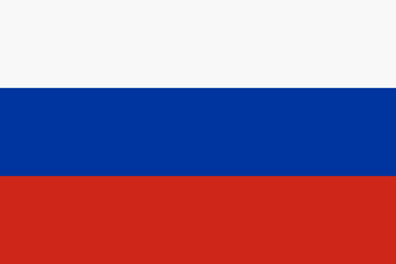This goes
to space
Ionosphera-M
Ionosphera-M is a constellation of four earth observing satellites, aiming to observe ionospheric processes, and designed and developed by Roscosmos, the Russian state corporation for space activities. The constellation will observe the effects of solar and geomagnetic activity, including both natural and man-made irregularities and ionosphere disturbances. The mission also plans to include a fifth satellite, the Zond-M spacecraft, which will conduct solar observations, including measurements of solar cosmic ray fluxes and hard electromagnetic radiation and mapping of the Sun and near-solar space in the ultraviolet and visible spectral ranges.
The ionosphere is a section of the Earth’s upper atmosphere that ranges approximately 85 km to 600 km above Earth’s surface. In this layer of the atmosphere, Extreme Ultraviolet (EUV) and X-ray solar radiation ionise the particles and generate a layer of free electrons.The ionosphere is highly variable, as particles undergo photoionisation when exposed to the sun, and return to a neutral state when shielded by the Earth. Additionally, the degree of ionisation in the ionosphere varies based on solar activity, as periods associated with increased sunspot activity will lead to an increase in coronal heating and EUV/X-ray radiation, increasing ionisation and causing the ionosphere to expand. This variability in ionisation can impact satellites orbiting in the ionosphere, as sudden swells of charged particles from the expanding atmosphere increase drag, impacting the orbit lifetime of satellites. Furthermore, ionosphere fluctuations can result in disturbances to radio signals, which are reflected off the ionosphere, and GPS signals which pass through it. Ionosphera-M will conduct a study of this region by deploying instruments that measure basic plasma parameters, the concentration, temperature and direction of particles, as well as the characteristics of electromagnetic fields and waves.
Courtesy of ESA.

On this
rocket
Soyuz 2.1b
Meet part of Roscosmos’s 21st-century version of the Soyuz rocket.
One of the main upgrades included in the Soyuz 2.1b is a completely digital flight control system -- not a small task when the Soyuz rocket was first designed in the 1960s.
This digital Flight Control System allows for greater precision and launch target accuracy.
The Soyuz 2.1b also sports an uprated Blok-I second-stage engine, the RD-0124, which provides increased performance.
It was the second of three Soyuz 2 variants to fly, taking its first launch on December 27th, 2006.
The Soyuz 2.1b variant flies under two different national flags and has two different names for the same configuration.
When launching from Baikonur or Plesetsk, the rocket flies as part of the Russian Federal Space Agency, Roscosmos. For these missions, it is known as the Soyuz 2.1b.
When sold to Arianespace, the European Space Agency's launch management company, the rocket sports a few European modifications, like a European payload adapter and a European flight termination system.
When it flies for Europe, the rocket is known as the Soyuz ST-B.

From this
launch site
Site 1S - Vostochny Cosmodrome, Tsiolkovsky, Amur Oblast, Russian Federation
Vostochny Cosmodrome
When the Soviet Union collapsed on December 25th, 1991, Russia inherited the Union's space program... and instantly found themselves with a problem. Their primary launch site was not in their country but in what was now the newly independent Kazakhstan.
The two countries entered into a mutually beneficial agreement for Russia to lease the Baikonur Cosmodrome, with a current annual payment of $115 million (USD).
To reduce their reliance on a foreign country’s launch facilities, Russia committed to building a new cosmodrome, this time in the Russian Far East.
Vostochny, which means “eastern” in Russian, is a primarily commercial launch center, though military missions can take place from the site.
Proposals call for the cosmodrome to eventually host 44% of all Russian launches, including human missions.
Numerous delays with construction and corruption have delayed the spaceport’s high flight level use. Of the originally planned seven (two for crew) launch pads, only one has been built for Soyuz 2, a second is under construction for the Angara rocket, and no crew launch pads have been started.
The one completed pad is Site 1S, “S” standing for Soyuz, which conducted its first launch in April 2016.
Image: A Soyuz rocket on Site 1S. Credit: Kremlin

GET THE SUPERCLUSTER APP
THE SUPERCLUSTER PODCAST
A podcast exploring the amazing milestones that changed space history, the wildest ideas that drive our future, and every development in this new Golden Age of Space.
Donate to support
Your support makes the Astronaut Database and Launch Tracker possible, and keeps all Supercluster content free.
SupportCOPYRIGHT 2021 SUPERCLUSTER LLC

